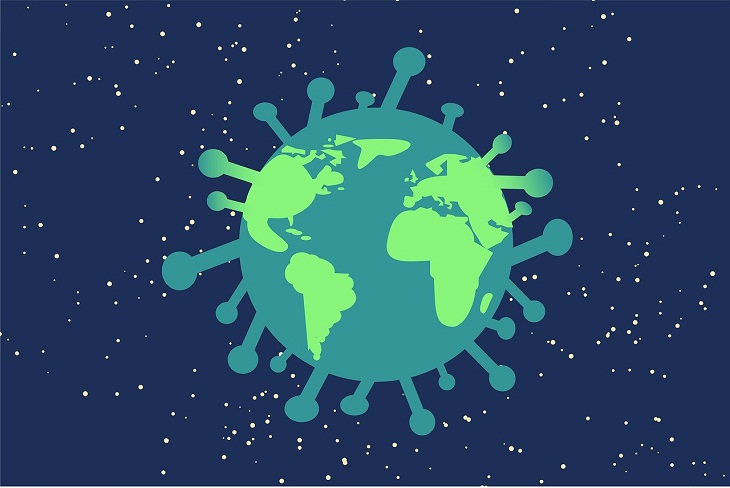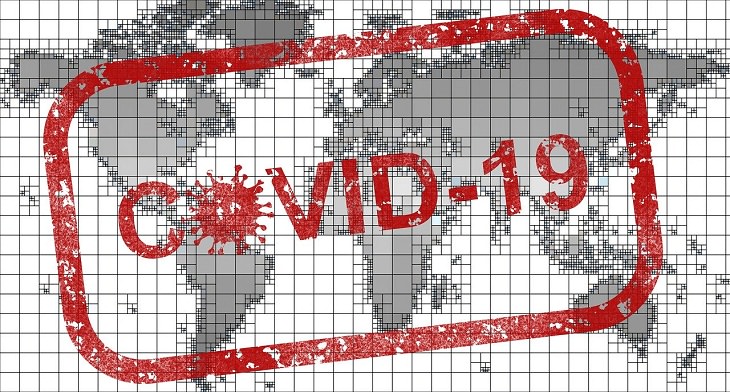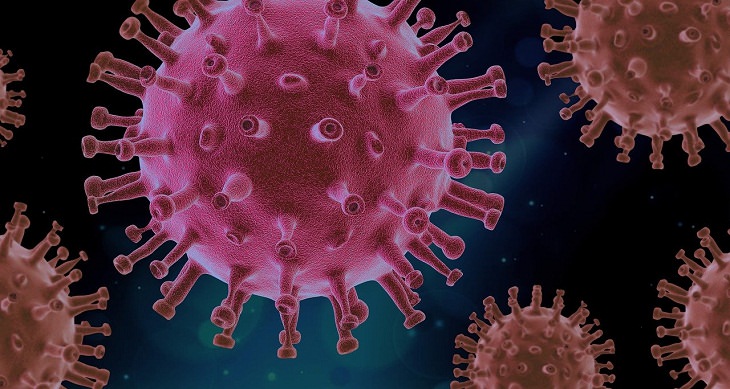
The novel coronavirus has spread significantly all over the world. At the time of writing, more than 2,409,000 people have already been infected by the virus and it has taken more than 160,000 lives. Also known as Sars-CoV-2, this new and deadly virus has completely brought our world to a halt and is showing no signs of slowing down. Governments everywhere are struggling to curb its spread as the cases keep piling up. Intermittent lockdowns along with contact-tracing and rapid testing seem to be the only course of action in this scenario.
These are unprecedented times in our lives. All of us are concerned about our future and worried about the safety of our loved ones. The biggest question on everyone’s mind currently is: “Just when and how will the coronavirus pandemic be over?”
There are no easy answers. The months ahead will be tough and will test the best of us. The interests of public health, society, and the economy will have to be balanced and the public will have to ensure that they follow the social distancing norms religiously. For now, let us look at some of the possible scenarios in which the ongoing coronavirus pandemic might finally end.

“Honestly, it’s impossible to say if and when the coronavirus will die down because it’s a totally new virus, and therefore unpredictable,” says Faheem Younus, MD, the chief of infectious diseases at University of Maryland Upper Chesapeake Health. Yes, COVID-19 is a new disease that has behaved unpredictably. However, one mustn’t forget that pandemics have happened in the past and they eventually passed or were contained by an effective vaccine.
Past pandemics have generally lasted between 12 and 36 months. The novel H1N1 flu pandemic (or swine flu) occurred in the spring of 2009 and was declared a pandemic by the WHO (World Health Organization) in June that year. By September, four vaccines for the virus had been approved by the FDA (Food and Drug Administration) and they began being administered the very next month. By December 2009, vaccination was made available to everyone and the pandemic was over in August of 2010.
The curious thing about pandemics, though, is that they can’t really be compared to one another, as they are not comprised of the same disease. Moreover, each virus behaves and spreads differently. Thus, to accurately predict how long the current pandemic will last is almost impossible at present. “My expectation is that COVID-19 will continue to be a threat for a good part of 2020 and that we will start to see the page turn in 2021,” says Rishi Desai, MD, a former epidemic intelligence service officer in the division of viral diseases at the CDC. Hopefully, with time, we will have more experience with the virus and will understand how to control it.

The biggest hope we have right now to combat the novel coronavirus outbreak is developing an effective vaccine. This is perhaps the only way this deadly virus can be eradicated for good. At this very moment, scientists all over the world are working at a frenetic pace to develop antiviral treatments or a vaccine for COVID-19.
Clinical trials for the vaccine have already begun in the USA. The vaccine, named mRNA-1273, was developed by US National Institutes of Health (NIH) scientists and collaborators at biotechnology company Moderna. "The open-label trial will enroll 45 healthy adult volunteers ages 18 to 55 years over approximately 6 weeks," the NIH said. They are not the only ones who are working towards this goal. Plenty of other companies and universities around the world are ramping up their efforts to develop a vaccine as well.
While this is something to be hopeful about, the let-down here is that this is a time-consuming and expensive process. It could still take about 18 to 24 months for a vaccine to pass all the safety tests in clinical trials and be made commercially available. A rushed vaccine that hasn’t gone through the usual phases might do more harm than good. Also, even if a vaccine is developed successfully, manufacturing enough doses and ensuring they reach individuals across the world will be a massive challenge. Thus, it would be foolish to presume that a vaccine to fight the novel coronavirus is just around the corner.
Scientists are also trying to develop technologies like adding viral genetic material to human cells, which will hopefully prompt our bodies to make proteins that encourage an immune response. Then, health workers are likely to start using prophylactic therapy, where they treat the symptoms rather than its cause, to prevent COVID-19 from spreading in the absence of a vaccine. This can certainly help curb the death rate from the disease.

By now, it is more than likely that you must have come across the term “herd immunity” on various platforms. There is a consensus among various experts that the pandemic is likely to end only when this herd immunity is established across populations. This basically happens when enough people in a community have been immunized against the virus, either by getting infected by it, or by being vaccinated against it.
Since a vaccine for COVID-19 is still some time away, it would mean that more people in a community would need to be infected by the new coronavirus to achieve herd immunity at present. The issue with this, however, is that the portion of a population that would have to be exposed to the virus to establish herd immunity is generally quite high - about 50 to 70%. How long will it take for a population to reach this threshold will depend on the measures the government takes to respond to the pandemic.
The UK did try the herd immunity method initially and had claimed that this would help them slow the spread of the virus. But this was leading towards a dangerous scenario where there would have been high rates of hospitalization and unbelievable pressure on the healthcare system. Thus, they decided to back off with the strategy. Right now, herd immunity is a risky gamble, but if the hunt for the virus is further delayed, then we may have to fall back on this approach to control it.
Some researchers state that the actual number of infections right now is already higher than the number of confirmed cases. If this is true, then we may actually be closer to herd immunity than we thought.

The last hope against the novel coronavirus, according to researchers, is its possible mutation. In general, all viruses mutate over time and go through transformations in their genomes. The scientific community is hopeful that the SARS-CoV-2, which shares about 85% genetic resemblance to the original SARS virus, will mutate in a possibly beneficial way.
During the 2002 SARS outbreak, the virus mutated into a virus that was significantly more acute but had a much lower infection rate for humans. This essentially helped spell its own death. Scientists are hoping that the novel coronavirus takes a similar pattern in the coming days and mutates in a way that it will lose its ability to infect humans.
Coronaviruses generally have a slower mutation rate. However, we still don’t know much about the new coronavirus and it is difficult to say at the moment how high a mutation rate it has. The mutation rate of SARS was relatively low. If the SARS-CoV-2 mutates to cause more acute symptoms, it may reduce infection rates by making people sick enough to stay in bed.
Researchers are still studying the novel coronavirus thoroughly and we will know more about its behavior, mutation abilities and whether different strains can emerge from it in the near future.

“Because this is a new virus, those who have not been infected (the vast majority of the world) have no immunity to it,” says Sandra Kesh, MD, an infectious disease specialist and deputy medical director at Westmed Medical Group in Purchase, New York.
Our immediate future will hence be challenging. The lockdown restrictions are likely to continue for a while at least. Events will continue to get postponed or canceled, and the majority of us will have to work from home to stay safe from the virus. Life will not be returning to normalcy anytime soon. The sooner we accept this, the better it will be for us.
So, will this be the new normal now? Have our lives changed irrevocably? Because of the rapidity with which this virus has spread, we certainly won’t be able to get back to the way things were for the foreseeable future. Lockdowns cannot continue forever. But even when they are lifted, we can’t expect to move around freely. Staying home as much as possible and maintaining social distancing measures will be important to slow down the spread of this virus and buy our healthcare workers more time to fight it.
Lastly, if we are lucky, the virus could fade or slow down with the onset of summer. It remains unknown right now whether warmer weather will play a role in stopping the spread of the virus, but we will get our answers soon enough.